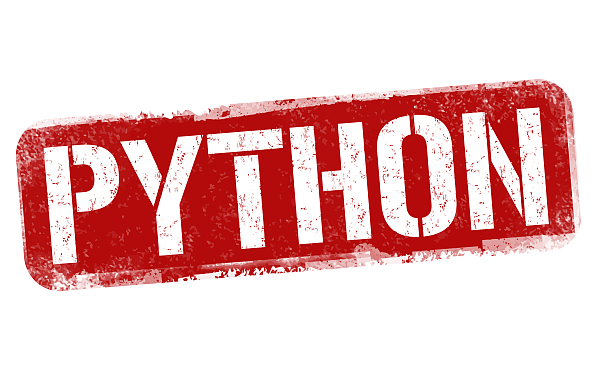什么时候用 trunc() 代替 int() 将浮点数转换为整数更好?
问题:什么时候用 trunc() 代替 int() 将浮点数转换为整数更好? trunc和int函数为我尝试过的每个浮点类型输入返回相同的输出。 它们的不同之处在于int也可用于将数字字符串转换为整数。 所以我有两个问题: 1.我想知道除了字符串之外,是否有任何输入可以让trunc和int给出不同的输出? 2、如果不是,什么时候只用trunc把浮点数转成整数比较好? 解答 int and math
问题:什么时候用 trunc() 代替 int() 将浮点数转换为整数更好?
trunc和int函数为我尝试过的每个浮点类型输入返回相同的输出。
它们的不同之处在于int也可用于将数字字符串转换为整数。
所以我有两个问题:
1.我想知道除了字符串之外,是否有任何输入可以让trunc和int给出不同的输出?
2、如果不是,什么时候只用trunc把浮点数转成整数比较好?
解答
int and math.trunc have a somewhat similar relationship as str and repr.int委托给一个类型的__int__方法,如果没有找到__int__则回退到__trunc__方法。math.trunc直接委托给该类型的__trunc__方法,并且没有回退。与始终为object定义的__str__和__repr__不同,int和math.trunc都可以立即引发错误。
对于我知道的所有内置类型,__int__和__trunc__都在适当的地方进行了合理的定义。但是,您可以定义自己的一组测试类来查看您遇到的错误:
class A:
def __int__(self):
return 1
class B:
def __trunc__(self):
return 1
class C(): pass
math.trunc(A())和math.trunc(C())都会提高TypeError: type X doesn't define __trunc__ method。int(C())将提高TypeError: int() argument must be a string, a bytes-like object or a number, not 'C'。但是,int(A())、int(B())和math.trunc(B())都会成功。
最终决定使用哪种方法是内涵之一。trunc本质上是类似于floor的数学运算,而int是通用转换,在更多情况下成功。
并且不要忘记operator.index和__index__方法。
更多推荐









 已为社区贡献126464条内容
已为社区贡献126464条内容
 OpenCV
OpenCV
所有评论(0)